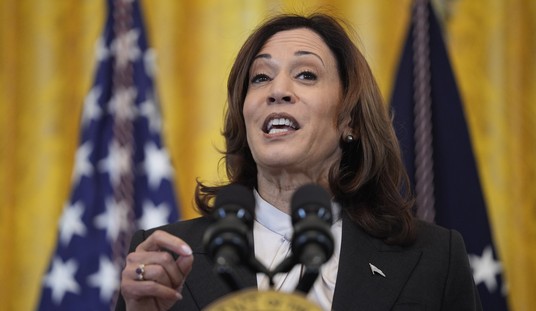Let's think about President Obama's failed economic stimulus program. Before getting to the nitty-gritty of why stimulus packages fail, let's look at the failed stimulus program of Obama's hero, Franklin Delano Roosevelt. FDR's Treasury Secretary, Henry Morgenthau, wrote in his diary: "We have tried spending money. We are spending more than we have ever spent before and it does not work. ... We have never made good on our promises. ... I say after eight years of this Administration we have just as much unemployment as when we started ... and an enormous debt to boot!"
Morgenthau was being a bit gracious. The unemployment figures for FDR's first eight years were: 18 percent in 1935; 14 percent in 1936; by 1938, unemployment was back to 20 percent. The stock market fell nearly 50 percent between August 1937 and March 1938. Columnist Walter Lippmann wrote, "With almost no important exception every measure he (Roosevelt) has been interested in for the past five months has been to reduce or discourage the production of wealth." The last year of the Herbert Hoover administration, the top marginal income tax rate was raised from 24 to 63 percent. During the Roosevelt administration, the top rate was raised at first to 79 percent and then later to 90 percent. Hillsdale College economic historian Professor Burton Folsom notes that in 1941, Roosevelt even proposed a whopping 99.5 percent marginal rate on all incomes over $100,000. Much more of the Hoover/FDR fiasco can be found in "Great Myths of the Great Depression".
The Great Depression did not end until after WWII. Why it lasted so long went unanswered until Harold L. Cole, professor of economics at the University of Pennsylvania, and Lee E. Ohanian, professor of economics at UCLA, published their research project "How Government Prolonged the Depression" in the Journal of Political Economy (August 2004). Professor Cole explained, "The fact that the Depression dragged on for years convinced generations of economists and policy-makers that capitalism could not be trusted to recover from depressions and that significant government intervention was required to achieve good outcomes. Ironically, our work shows that the recovery would have been very rapid had the government not intervened." Professors Cole and Ohanian argue that FDR's economic policies added at least seven years to the depression.
Recommended
Where do the trillion-plus dollars come from that Congress and Obama are spending in an effort to stimulate the economy? How about Santa Claus, or maybe the Tooth Fairy? If you said, "Come on, Williams, you're being silly! The only way government can spend a dollar is to tax or borrow it," go to the head of the class. In the case of a tax, one should ask what would that taxpayer have done with the dollar had it not been taxed away. He would have spent it on something that would have created a job for someone. If the government hadn't borrowed the dollar, it might have been invested in some project that would have created a job. When government taxes, borrows and spends, it shifts unemployment from one sector to another. Of course, the sector that benefits tends to be a political favorite of the shifter.
Between 1787 and 1930, our nation has seen both mild and severe economic downturns, sometimes called panics, that have ranged from one to seven years. During that interval, no one considered it to be the business of the federal government to try to get the economy out of a depression because there was no constitutional authority to do so. It took Hoover, FDR and a frightened and derelict U.S. Supreme Court to turn what might have been a three- or four-year sharp downturn into a 15-year meltdown.
























Join the conversation as a VIP Member